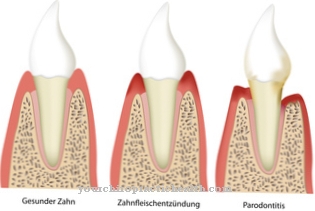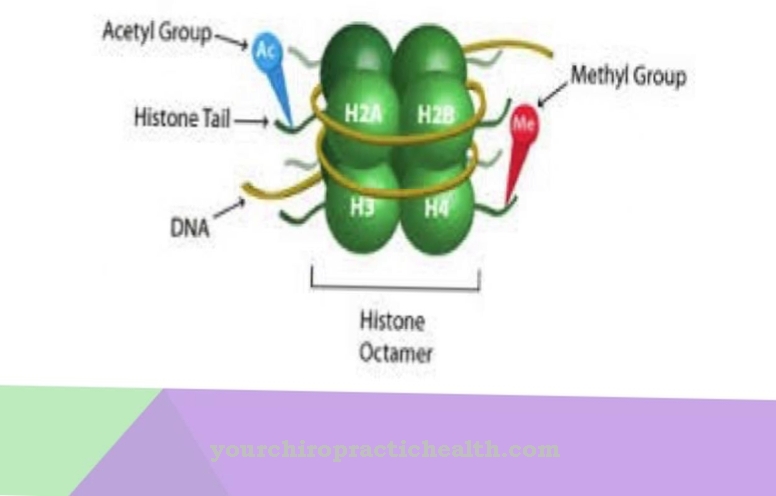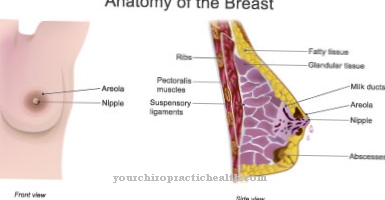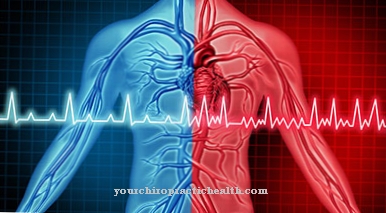The Pharmacodynamics is a branch of pharmacology and its teaching deals with the biological effect of a drug on the organism. This includes the analysis of mechanisms of action, side effects, the dose and its effect, as well as the toxicology.
What is pharmacodynamics?

The administration of a drug, a pharmaceutical, has certain effects on the body. A drug substance combines with a receptor, thereby triggering an effect and producing an effect. The task of pharmacodynamics is to investigate these mechanisms of action for their biochemical and physiological effects.
Which organs are affected, which biological functions are affected? The target of a medication are enzymes, transport proteins that are embedded in the cell membrane, ion channels and receptors. Synaptic connections between the nerve fiber end and the respective organ are preferred. There are different mechanisms of action. The three most important are the impairment of the biosynthesis in microorganisms, the inhibition or activation of enzymes, and the influencing of cell membranes to control metabolic processes.
Function, effect & goals
How a drug works is closely related to the interrelationship between the active ingredient and its receptor, because the effect of a drug is linked to certain functional structures and depends on the molecular structure. Similar compounds react with a comparable effect due to their analogous structure.
The spatial arrangement of atoms in the molecule can also be a decisive factor. The receptors are cell structures. These are biologically active points in the organism, such as certain molecules or molecular particles on cell membranes. Almost all drug effects are based on five mechanisms of action. This includes the interaction with receptors, which can trigger either a stimulation or a blockage in the organism. If the enzyme activity is influenced, this can result in both activation and inhibition. Enzymes act as regulators. If, for example, the enzyme in cholesterol production is inhibited, the cholesterol in the blood drops.
When ion channels are opened or blocked, for example, the calcium concentration can be reduced, which lowers the load on the heart. And when active ingredients influence transport systems, the proton potassium pump can be throttled so that the production of hydrochloric acid in the stomach is suppressed. The inhibition of biosynthesis in microorganisms serves to fight infections. This enables the penicillin to prevent bacteria from building up a cell wall.Active pharmaceutical ingredients form an important connection with a receptor in order to specifically fight diseases. Through this fusion both an effect is triggered and an effect is achieved. The dose and its effect on the target location play an important role in the use of a pharmaceutical.
When does which effect appear, how long does it last, when does it end? As soon as a certain dose of the active substance shows an effect, we speak of a so-called threshold dose, an initial dose. In order to produce a faster effect and thus a stronger effect, the dose is increased. But the increase cannot be arbitrary without generating disadvantages. A double gift does not mean a double effect. And above a certain amount, the maximum achievable reaction through the active pharmaceutical ingredient has occurred. After that, no further increase is to be expected. On the contrary, negative effects can occur. It is therefore important to check at which doses which effects occur and how strong the effects are at which dose, and when they may be toxic.
Most active ingredients are specific, i.e. they develop their effectiveness in a specific location. In contrast, unspecific drugs are distributed throughout the entire organism. The patient's weight is therefore crucial for the effectiveness of such a substance. A patient weighing 100 kilograms requires a higher dosage than a patient weighing 80 kilograms. With specific active ingredients, on the other hand, weight plays a subordinate role, as the substance acts directly at the target location.
Most drug substances have specific effects. This means that only low dosages are required, which act at precisely defined target locations. The few unspecific active substances require high dosages to achieve an effect. With so-called active ingredient designs, properties of a substance can be specifically adapted. There are also active ingredients that combine several effects. This can be both effects and side effects.
particularities
The aim of an active pharmaceutical ingredient is the most specific possible influence in order to contain a disease on the spot. This rarely works, so that there are not only the desired and undesired effects, but also the side effects that are listed in the patient information leaflets for medicinal products. Both effects, the desired as well as the undesired, depend on many factors.
These include the dosage of the active ingredient, illness, age and gender of the patient; Duration of treatment, sensitivity of the patient. The side effects can be harmless, but they can also have serious consequences. They range from loss of appetite to diarrhea, kidney damage, deformities in newborns and impaired driving ability or functional disorders. Cytostatics are non-specific and therefore have a wide range of side effects such as nausea, vomiting and changes in the bone marrow due to reduced blood formation.
It also becomes problematic for patients who have to take several drugs. This often leads to interactions that weaken, strengthen or even cancel the individual drugs. In addition, the mechanism of action of many drugs has not yet been clarified.








.jpg)


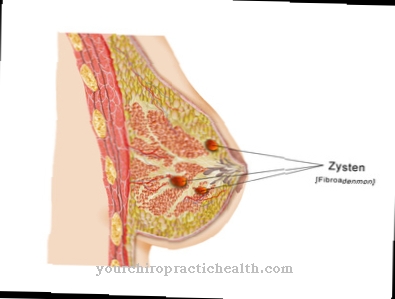

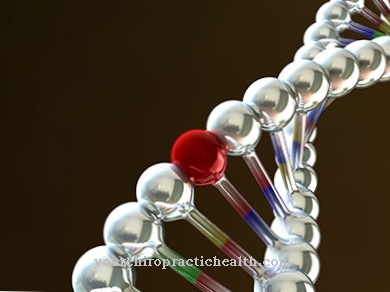

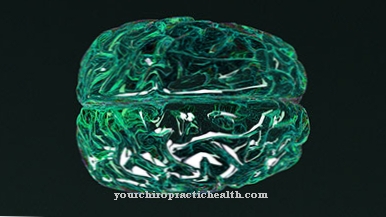
.jpg)



.jpg)
